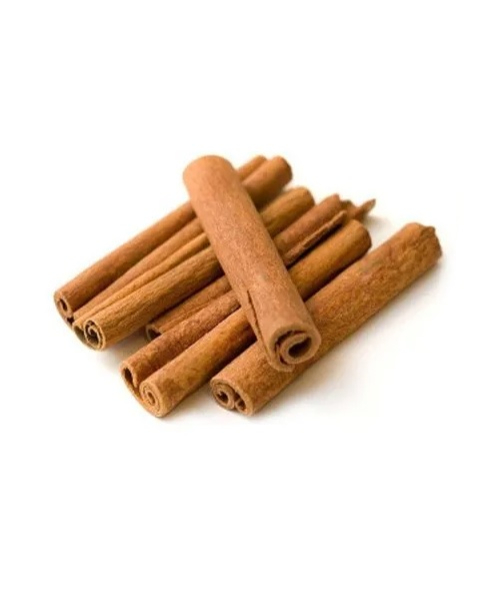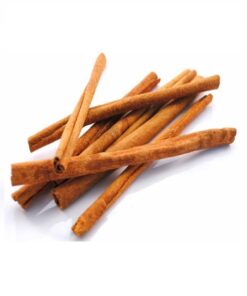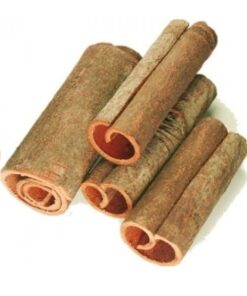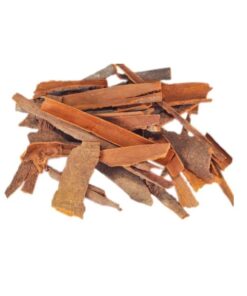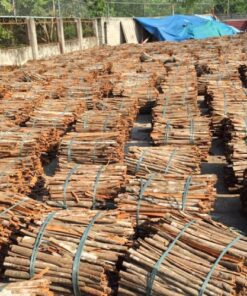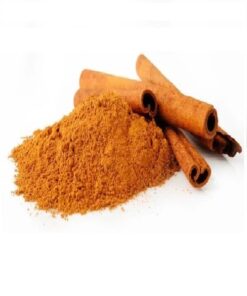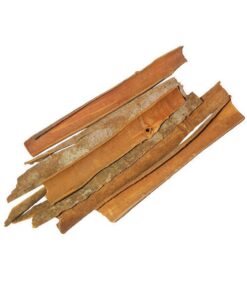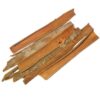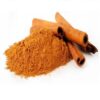CASSIA CIGARETTE
Specifications:
Origin: Viet Nam
Color: Natural Reddish Brown
Moisture: 13% max
Admixture: 1% max
Length: 6-15cm
Thickness: 1.5 – 2.2 mm min
Taste: Sweet & Hot
Shelf Life: min 2 years
Volatile Oil Content: 4% max
Drying Process: Sun Dried
No moldy, not worm-eaten, not rotten and not black inside-fragrant, No fungus, natural color (skin removed if required)
Packing: cartons (net 20kg)
Port of loading: Hai Phong Port, Viet Nam
Container capacity: 7,5-8MT/20FCL; 17.5MT/40HC.
6.600 $


